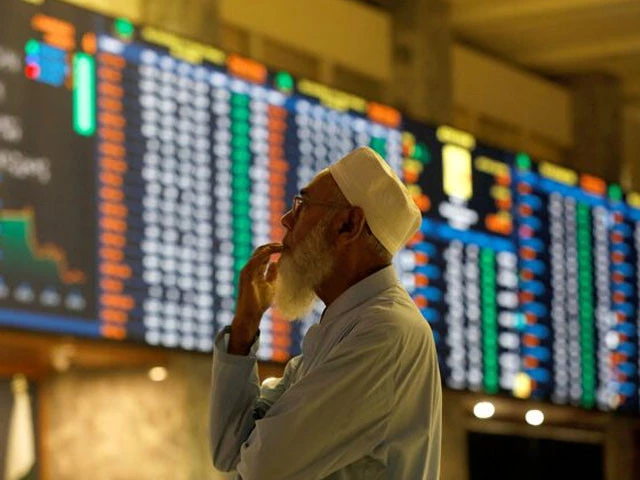Punjab Government to Develop Water Supply and Sewerage Master Plan for 14 Districts
Lahore: Report by M.Shezad The Punjab government has announced plans to develop a comprehensive water supply and sewerage master plan for 14 districts of the province. The project, a joint initiative of the Housing and Local Government Departments, is expected to be completed within six months. According to officials, Housing Secretary Noor-ul-Amin Mengal has directed…
Lahore: Report by M.Shezad The Punjab government has announced plans to develop a comprehensive water supply and sewerage master plan for 14 districts of the province. The project, a joint initiative of the Housing and Local Government Departments, is expected to be completed within six months.
According to officials, Housing Secretary Noor-ul-Amin Mengal has directed the Local Government Project Director to formally initiate the process. Managing Directors of Water and Sanitation Agencies (WASA) in the concerned districts have been designated as focal persons.
The master plan will include a full assessment of the existing water supply, sewerage, and stormwater drainage systems, while also factoring in future urban planning requirements. Authorities have been instructed to create a modern planning framework that takes climate change impacts into account, prepare phased financial strategies, and focus on capacity building and institutional strengthening of WASA agencies.
The Housing Department stated that newly established WASA bodies are gradually being strengthened, with improved coordination among agencies leading to better planning and development outcomes.
The 14 districts covered under the initiative include Dera Ghazi Khan, Sargodha, Bahawalpur, Sahiwal, Sialkot, Hafizabad, Jhelum, Rahim Yar Khan, Jhang, Okara, Gujrat, Sheikhupura, Murree, and Nankana Sahib.







